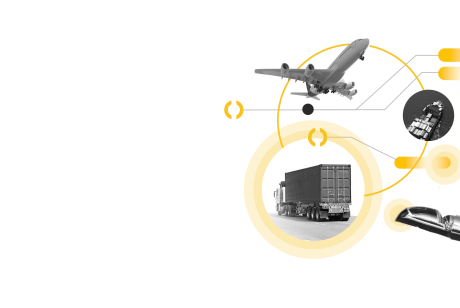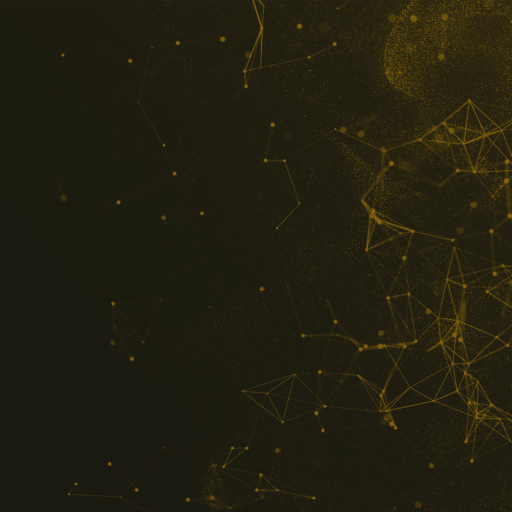What new value can companies unlock when the big data from network-based transportation management platforms is combined with artificial intelligence (AI) and machine learning?
One new opportunity is AI-powered sourcing automation, or autonomous procurement.
“There’s a reciprocal relationship between big data and AI,” explains Ken Casey in an October 2019 article in The Enterprisers Project. “The latter depends heavily on the former for success, while also helping organizations unlock the potential in their data stores in ways that were previously cumbersome or impossible.”
Historically, if all contracted carriers in a routing guide reject a load, many shippers would then go to the spot freight market and “dial for diesels” – that is, they would call (or email) a bunch of carriers to see who can pick up the load. Others would manually post their loads on load boards and wait to see if a match occurs. Needless to say, these approaches are highly inefficient and costly.
For users of network-based transportation management platforms, a more sophisticated approach is for the platform to automatically (and almost instantaneously) retrieve real-time rates from carriers and brokers on the network. It can then tender the load based on shipper-defined business rules and preferred tendering strategy (e.g., sequential tender to a prioritized group of carriers/brokers vs. a broadcast tender to a large group of carriers/brokers). Once the tender is accepted, the transportation management platform then automates the booking process without any human intervention.
AI and machine learning add another level of intelligence and sophistication to this process. For example, AI and machine learning, coupled with applied behavioral science, can be used to develop carrier profiles – that is, a more detailed understanding of each carrier on the network. What types of loads do they tend to accept? Which lanes are they most competitive on price? Where have they moved loads in the past? Which pickup or delivery locations do they prefer? Which types of tenders do they respond to the fastest or do they search for (or click on) the most?
Insights into these types of questions help the transportation management platform determine which carriers are the most appropriate to include in a load tender.
Another aspect of smart tendering using AI and machine learning is price prediction. For a given load, what is the price a carrier is most likely to accept to move it? Is that price the same for all carriers?
Price prediction typically involves analyzing historical load data on the platform, third-party market data, and other inputs. Carrier profiles are important too. In other words, price predictions can be customized for each carrier based on their profile.
The combination of carrier profiles and price prediction opens the door to a variety of smart tendering strategies. For example, instead of asking carriers to bid on a load tender, the platform can present the tender to a select number of carriers (based on their profiles) along with an offered (predicted) price – with each carrier potentially receiving a different price based on their profile. If none of the initial carriers accept the tendered load at the offered prices within a defined timeframe, then the platform can initiate additional tendering rounds as needed, determining which carriers to invite next, what prices to offer them, and the duration of each round.
Another opportunity enabled by Big Data, AI, and machine learning is smarter matching of loads with capacity. For example, if I need a load picked up three days from now, will there be any carriers unloading freight nearby (carriers I already work with on other lanes or meet a predefined set of requirements) that might be interested in this tender opportunity?
Historically, shippers had no visibility to this source of available capacity. Likewise, carriers had no visibility to these tender opportunities either, causing them to waste a lot of time, and drive many empty miles, to find another load.
Leveraging AI, machine learning, and other tools, a network-based transportation platform can analyze a large volume of data from the many shippers and carriers transacting on it to find these match opportunities.
Pickup date, pickup location, unloading date, unloading location, distance between unloading and pickup locations, equipment type, shipment destination, and other data elements can all be factored into the analysis (along with defined pool of approved/ qualified carriers). The platform can then present these match opportunities to the shipper as another tendering option and execute the tender if the shipper chooses this option.
Whether it’s the combination of carrier profiles and price prediction or smart matching of loads with capacity, AI coupled with big data and machine learning opens the door to a variety of smart tendering strategies for users of network-based transportation management platforms. Are you ready to get started?


